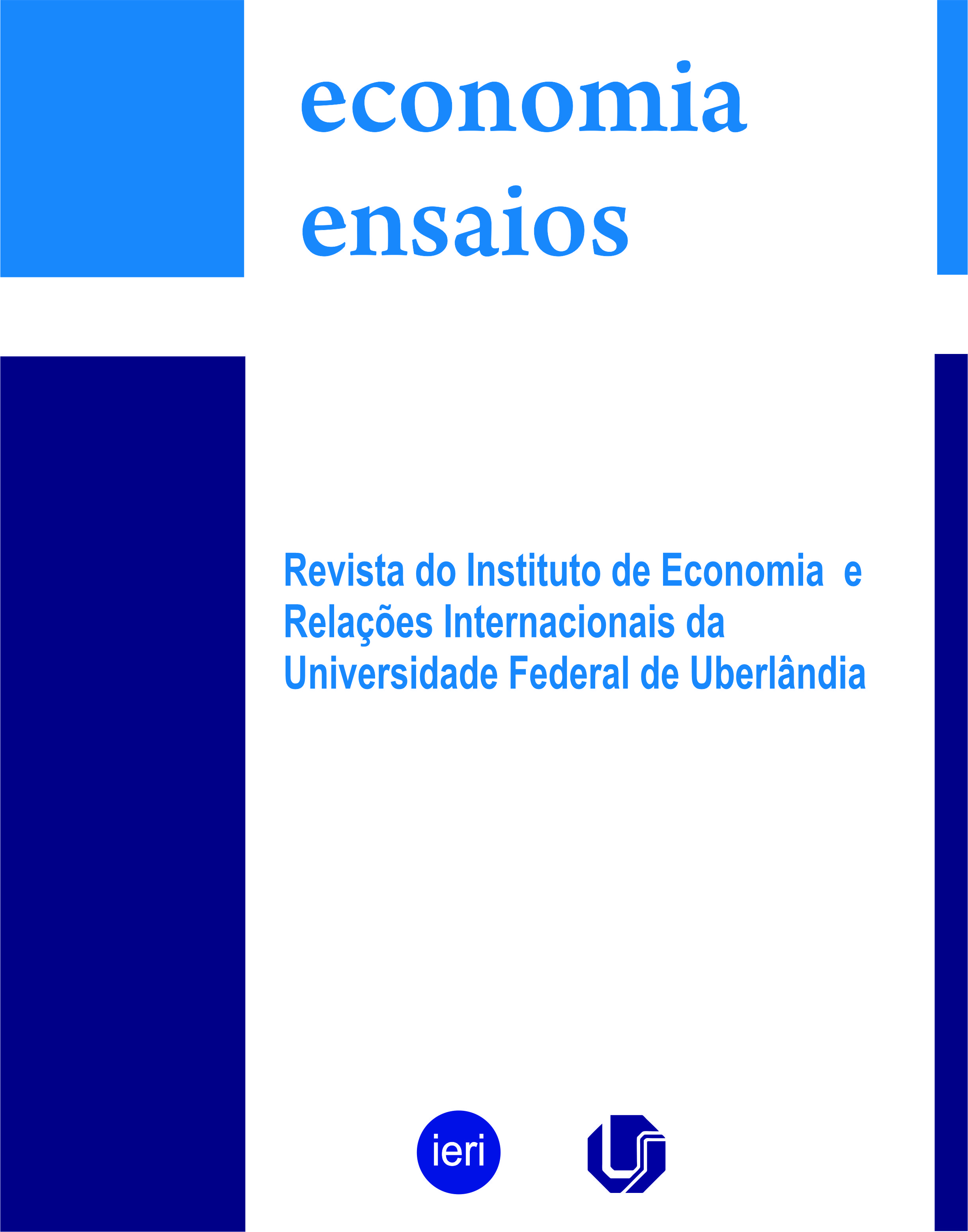Exchange rate variation and non-linear effect on exports: A sectoral analysis by Technological Intensity
DOI:
https://doi.org/10.14393/REE-v39n1a2024-68264Palavras-chave:
Exports, Exchange rate, Technological Intensity, Asymmetries, NARDLResumo
This paper aims to assess the asymmetric effect of these exchange rate variations on Brazilian sector exports to the United States, from 1999 to 2020. We assess these impacts by observing the technological intensity of the sectors analyzed. This study has applied the Non-linear Autoregressive Distributed Lag (NARDL) model to 700 sectors of the Brazilian economy. The results show that there was a long-term relationship between exports from certain sectors, foreign income, and the exchange rate. Furthermore, we observe that exchange rate variations have an asymmetric effect on exports, which can be positive or negative, depending on the sector.
Downloads
Downloads
Publicado
Edição
Seção
Licença
Direitos Autorais para artigos publicados nesta revista são do autor, com direitos de primeira publicação para a revista. Em virtude da aparecerem nesta revista de acesso público, os artigos são de uso gratuito, com atribuições próprias, em aplicações educacionais e não-comerciais.












